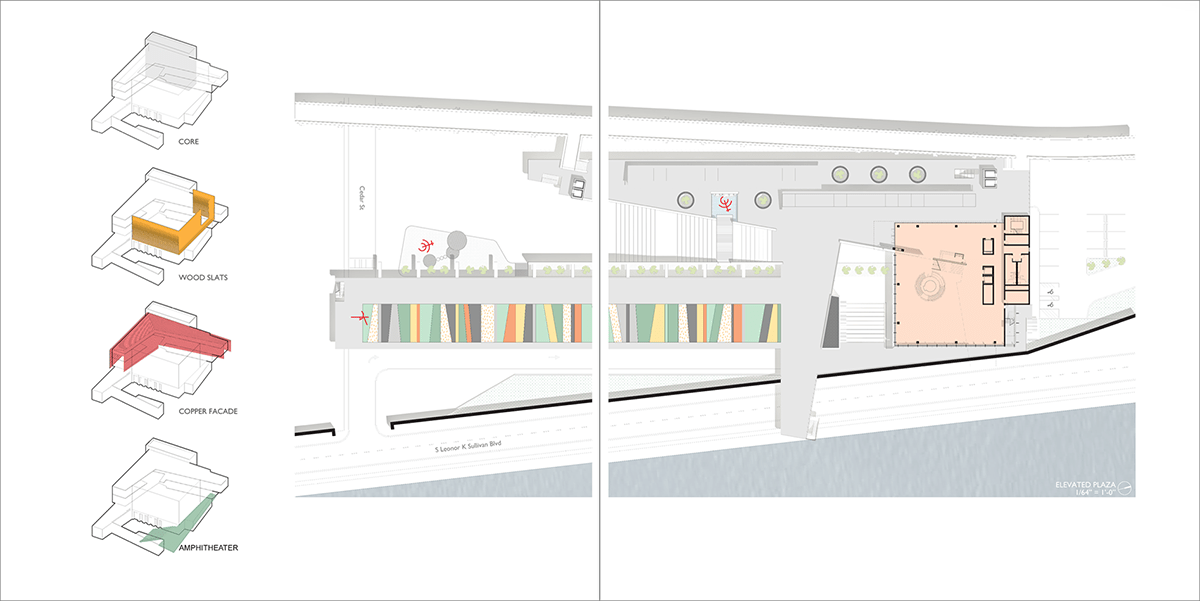Architecture students often hear that being able to communicate your design effectively is as crucial as producing a good design. And like it or not, this is absolutely true!
The architectural design jury puts your confidence in your design, your graphic sensibilities, and presentation skills to test. Some of us are completely terrified of the infamous architectural jury, while others have cracked the code and can effortlessly charm their way through. However, the global pandemic has created a brand new challenge for everyone- online juries.
Everything we knew- about composing striking large sheets, making impeccable models and presenting to a room full of people- has to be modified for virtual interaction, the rules for which are certainly different! This is especially true for students presenting their architecture thesis projects online.
In case you’re nervous, don’t be. Read up on the following tips on acing your virtual juries!









